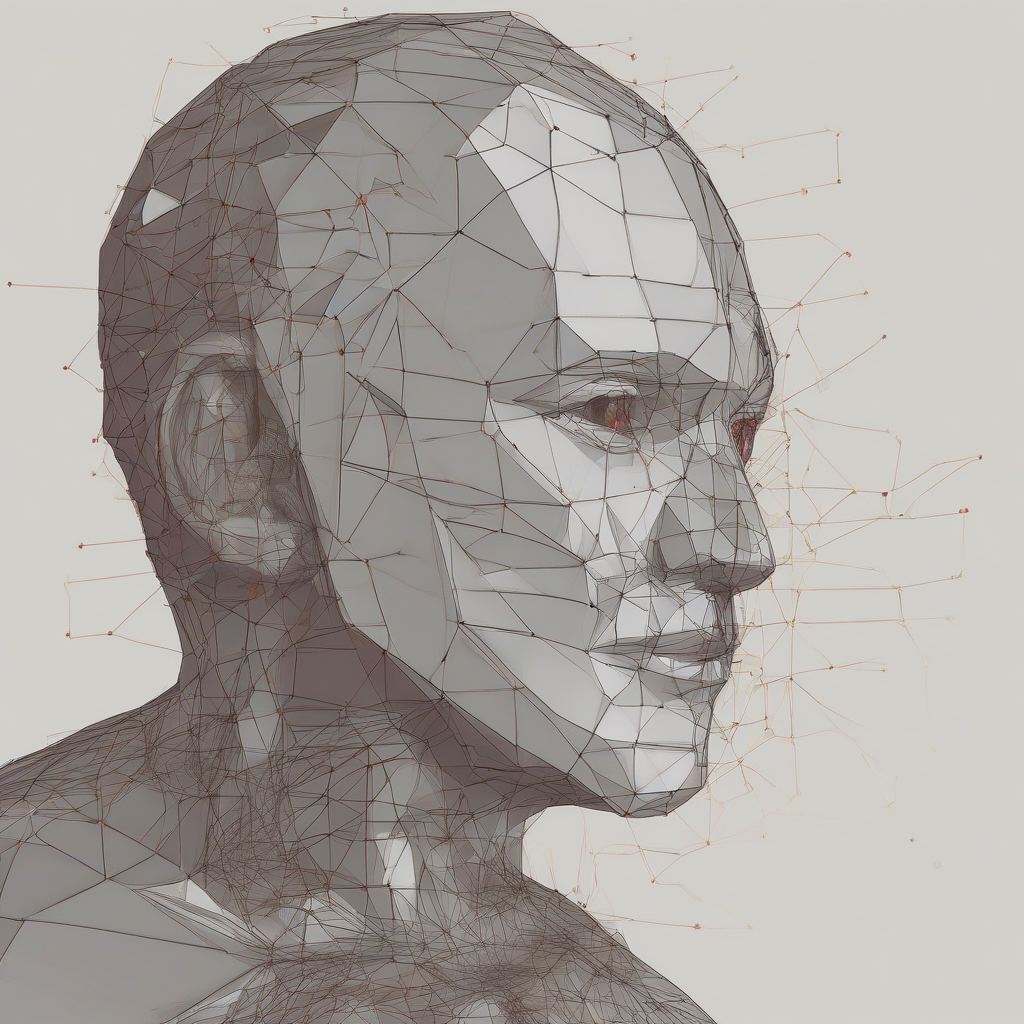Controlled Access Systems: A Comprehensive Guide
Controlled access systems are an integral part of modern security strategies, safeguarding people, assets, and information from unauthorized access. These systems, often referred to as access control systems, employ a range of technologies and methods to restrict entry to specific areas or resources, ensuring only authorized individuals gain access.
Types of Controlled Access Systems
- Mechanical Access Control: This traditional approach relies on physical keys, locks, and other mechanical devices to restrict entry. While cost-effective, it often suffers from limitations like key duplication and susceptibility to physical manipulation.
- Electronic Access Control: Electronic access control systems utilize electronic devices and software to manage access. Keycards, key fobs, biometrics, and mobile credentials are commonly used in electronic systems, offering increased security, audit trails, and remote management capabilities.
- Integrated Access Control: Integrating access control with other security systems, such as surveillance cameras, alarm systems, and fire detection systems, creates a holistic approach to security. This integration enhances situational awareness and allows for coordinated responses to security threats.
Key Components of Controlled Access Systems
- Access Control Panel: The central control unit of the system, managing access permissions and communication between other components.
- Readers: Devices used to read credentials, such as keycards, key fobs, or biometrics.
- Credentials: Physical or digital tokens that identify authorized users. Examples include keycards, key fobs, mobile credentials, and biometrics.
- Actuators: Devices that control access points, such as door locks, gates, or turnstiles.
- Software: Software manages user profiles, access permissions, and system configurations.
Types of Credentials Used in Access Control
- Keycards: Plastic cards with embedded magnetic strips or microchips storing user data.
- Key Fobs: Small, portable devices containing RFID or Bluetooth technology for access control.
- Mobile Credentials: Digital credentials stored on smartphones or other mobile devices, providing access control through NFC or Bluetooth communication.
- Biometrics: Utilizing unique physiological or behavioral characteristics, such as fingerprints, facial recognition, or iris scans, for authentication.
Benefits of Using Controlled Access Systems
- Enhanced Security: Controlled access systems effectively restrict unauthorized entry, protecting assets, information, and personnel.
- Improved Asset Management: Tracking access logs and activity provides valuable information for asset management and loss prevention.
- Increased Productivity: By streamlining access and reducing security breaches, businesses can increase productivity and reduce downtime.
- Cost Savings: While initial investments are necessary, controlled access systems can result in long-term cost savings through reduced theft, vandalism, and insurance premiums.
- Compliance with Regulations: Many industries have regulations requiring secure access control measures. Controlled access systems help ensure compliance with relevant laws and standards.
Factors to Consider When Choosing a Controlled Access System
- Security Needs: Determine the level of security required for the facility and assets.
- Budget: Consider the initial investment, ongoing maintenance costs, and potential cost savings.
- Scalability: Choose a system that can be easily scaled to meet future needs as the organization grows.
- Integration: Evaluate the system’s ability to integrate with existing security systems and IT infrastructure.
- Ease of Use: Opt for a system that is user-friendly and easy to manage for both administrators and users.
Applications of Controlled Access Systems
- Commercial Buildings: Controlling access to offices, meeting rooms, and restricted areas.
- Industrial Facilities: Securing manufacturing plants, warehouses, and critical infrastructure.
- Healthcare Facilities: Regulating access to patient records, medication storage areas, and sensitive medical equipment.
- Educational Institutions: Ensuring student safety and managing access to classrooms, laboratories, and administrative offices.
- Government Buildings: Implementing high-security measures to protect classified information and restrict entry to unauthorized personnel.
- Residential Security: Providing secure access to homes and apartment complexes.
Future Trends in Controlled Access Systems
- Internet of Things (IoT) Integration: Connecting access control systems to smart devices and networks, enabling remote monitoring and management.
- Artificial Intelligence (AI) and Machine Learning: Utilizing AI and machine learning to enhance security measures, identify anomalies, and improve access control decision-making.
- Cloud-Based Access Control: Utilizing cloud services to manage access control systems remotely, offering greater flexibility and scalability.
- Biometric Authentication: Expanding the use of biometrics, such as facial recognition, voice recognition, and gait analysis, for secure authentication.
- Multi-Factor Authentication (MFA): Combining multiple authentication methods, such as biometrics, passwords, and mobile credentials, for enhanced security.
Conclusion
Controlled access systems are essential components of modern security strategies, safeguarding people, assets, and information from unauthorized access. With the advancements in technology, access control systems are becoming increasingly sophisticated and integrated, offering enhanced security, efficiency, and user experience.








